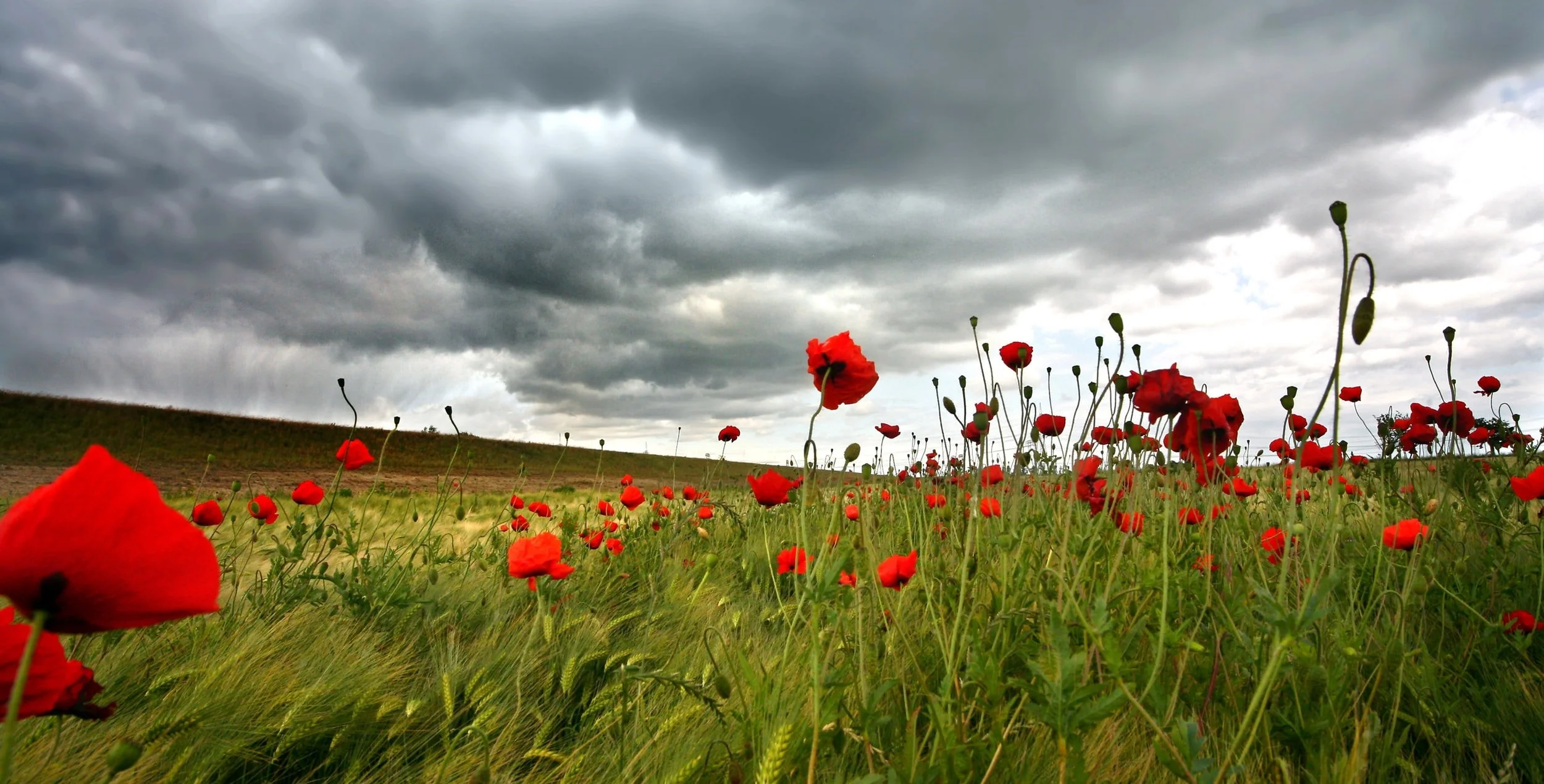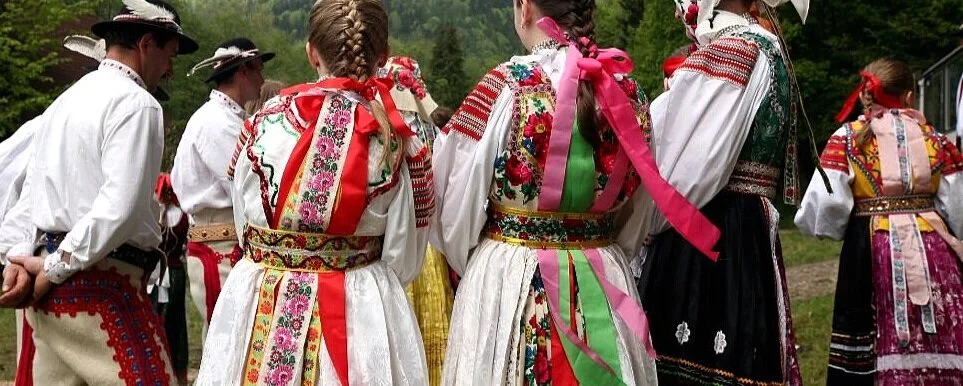Stefan Banic was a Slovak inventor who constructed a prototype of a parachute in 1913 and tested it in Washington D.C. in front of the U.S. Patent Office and military representatives by jumping from a 41-floor building and subsequently from an airplane in 1914. When no one was interested in buying his invention, Mr. Banic donated his patent to the United States Army Balloon Corps, in return for which the Army made him an honorary officer, even though he never could obtain United States citizenship. His patented parachute became standard equipment for U.S. pilots during the First World War.
July 5: Day of Saints Cyril and Methodius
Saints Cyril and Methodius have shaped the history of Christianity and even language in Eastern Europe. By translating the Holy Bible into the Slavic languages, they were able to convert many Slavs to Christianity. Their efforts have resulted in the existence of the Cyrillic Alphabet through the development of the Glagolitic Alphabet, for example. July 5 is the day when the Saints’ far-reaching efforts are recognized.
An Army with No Country: A Siberian Odyssey
It’s the First World War, and the Czechoslovaks got to get their soldiers from Ukraine to France, but without going through a Central Powers country or a sea without enemy ships. What do they do? Naturally, they go East: fight through the Bolsheviks, take over the Russian railway network, capture most of Siberia, and reach Vladivostok before the ships arrive to get you home. All this while losing less than 10% of your men over three years of fighting. It might sound crazy, but this is just the 2nd part to the story of the Czechoslovak Legion.
An Army with No Country: The Czechoslovak Legion in Europe
They were men without their own country, living split up among not one, but two mighty empires. When the Great War came and those empires began to crumble, those men took up arms in the struggle, and fought so that one day they too would have their own nation. These were the men of the Czechoslovak Legions.
Current Events in the Czech Republic
Miloš Zeman is the current president of the Czech Republic, recently checked into a hospital for chronic health conditions. Due to the unfortunate circumstances facing the president, both houses of Parliament would need to discuss and pass a clause that allows lower officials to carry out presidential duties.
Rock Music in Czechoslovakia
The history on rock music in Czechoslovakia begins with its introduction in the early 1950s, beginning apolitically. By 1968, the apolitical aspect changed, in response to the 1968 Soviet bloc invasion, causing rock music to finally rebel and criticize the government, through satire and cryptic messaging, as the lyrics and content of rock songs were monitored.
Czechoslovakia and their only naval battle
Despite being a landlocked nation, Czechoslovakia had a naval army, one which fought a single battle. This singular battle took place on Lake Baikal in Russia during WWI. Being that Czechoslovakian soldiers fought so far away from their own nation and that they seemed unwelcome in Russia, the situation of their naval military grew more complicated.
Ten Popular Breweries in the Czech Republic
Ride of the Kings
Each spring, people in the Czech Republic celebrate many different events and holidays. The Ride of the Kings is one of the Czech Republic’s many unique customs. It is so deeply rooted in the history and culture of the area that it was placed on the UNESCO heritage list and has been painted, photographed, and filmed to preserve its tradition.
Celebrating Czech Heritage in America
The Czech Republic and its’ Contribution to Cinematography
Pilgrimage Church of St. John of Nepomuk
Czech Street Food
Food is one aspect of culture that is almost universally accessible. For many traveling, trying different cuisines, especially street foods, is an exciting part of visiting a new country. The Czech Republic has its own unique kitchen, and although the popularity of street foods is still growing, there are some dishes that are well-known in the country.
The Czech Republic's Communist-Era Architecture
For the Communist countries in Eastern Europe, the necessary rebuilding following World War II was accomplished in the construction style that the Soviet Union popularized. As a result of this period, the Czech Republic has many buildings and monuments that differ significantly from the historic ones surrounding them, serving as a reminder of its Communist era.
10th Anniversary of Krtek in Space
Five Czech Towns to Visit
With twelve UNESCO World Heritage Sites, four awe-inspiring national parks, and literally thousands of castles, there is much to see in the Czech Republic beyond the beautiful city of Prague. Today, we’ve compiled a short list of five towns that definitely warrant the trip next time you visit the country.
Prague's St. Vitus Cathedral
Prague Castle is one of the biggest tourist attractions in the city. This complex is the largest in the world, and people from around the world visit to marvel at the site. Inside the castle complex lies St. Vitus Cathedral, the biggest cathedral in the Czech Republic and a wonder of Gothic architecture.
Joža Uprka
Věra Čáslavská: Athlete and Activist
Athletes have long been using their high-visibility platforms to comment on social issues and raise awareness. Věra Čáslavská, a gymnast from the now Czech Republic, is not only famous for her unparalleled success at the Olympic Games but her strong stance against the Soviet invasion of her country.

























